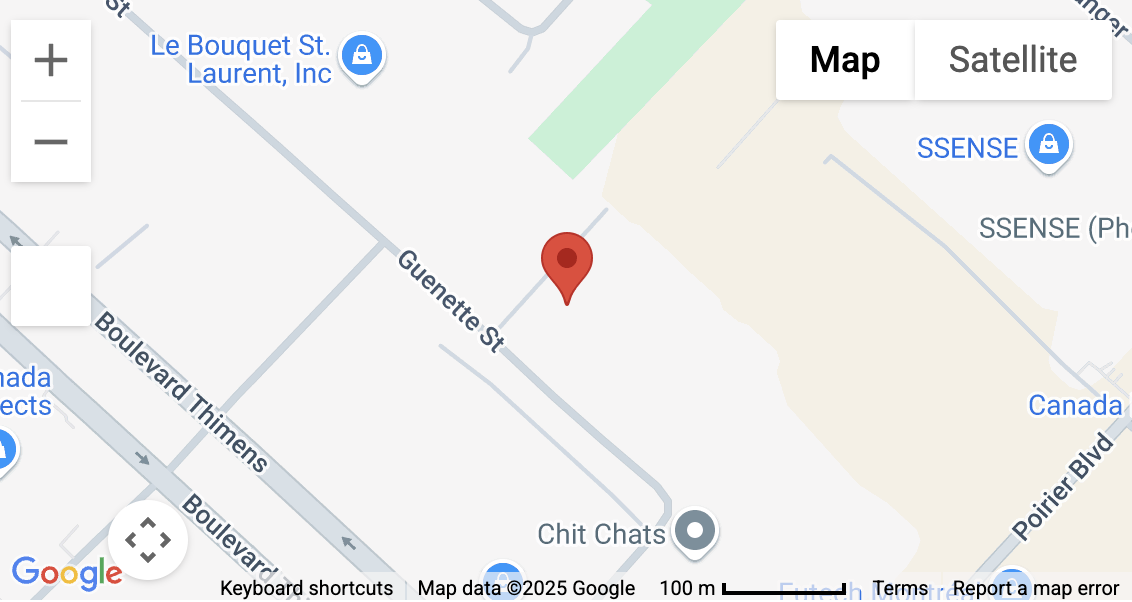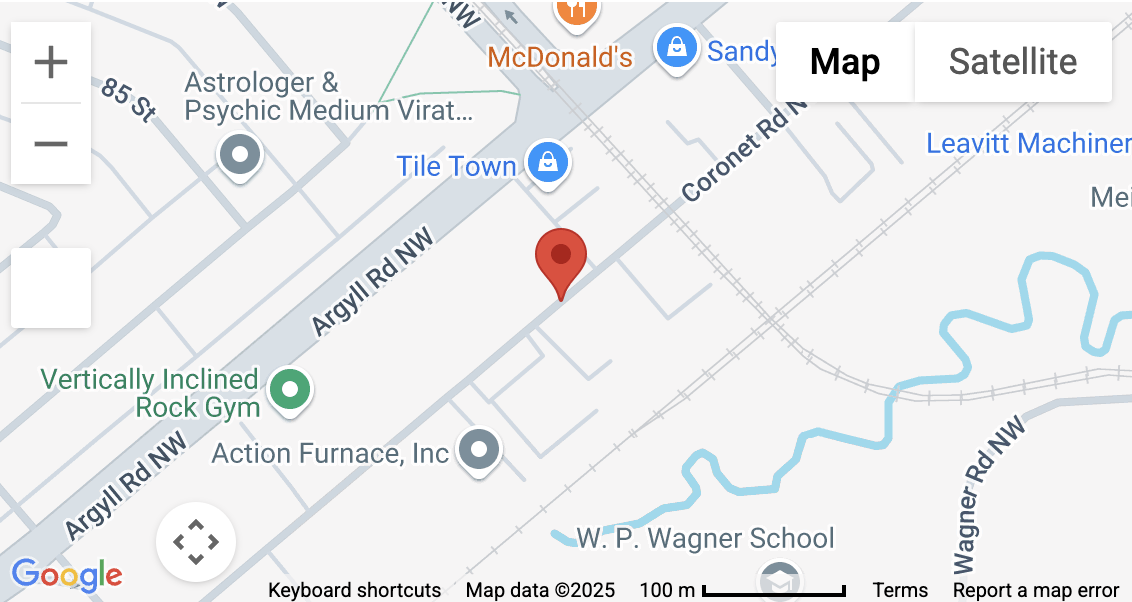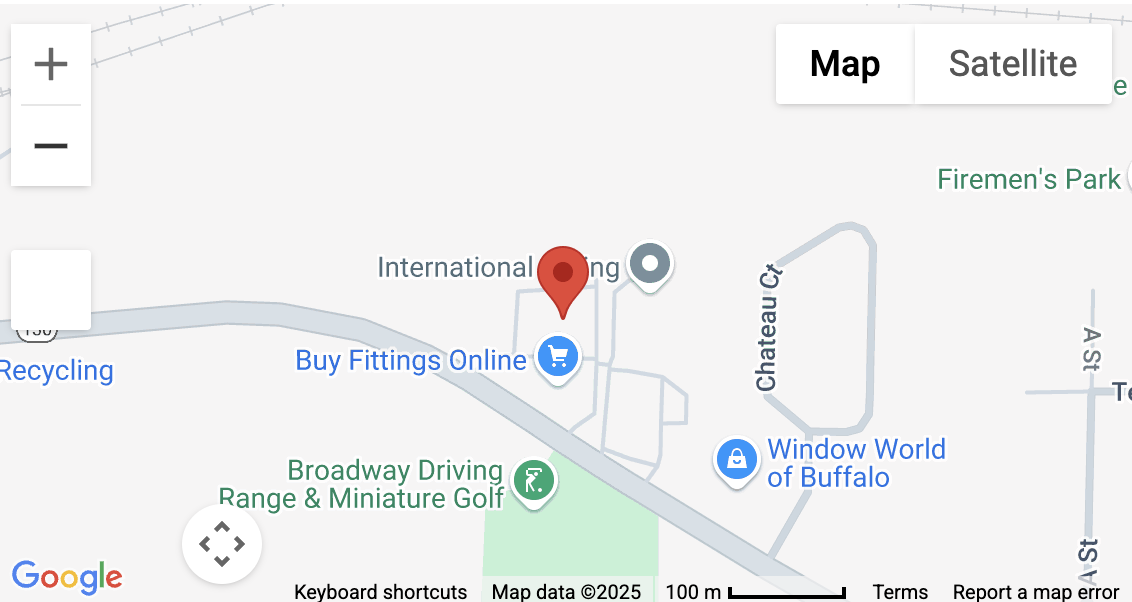Accelerated Weathering with Temperature & Humidity Cycling
In the past, there used to be adequate time for developing and testing outdoor weathering but today, the situation has changed. The number of products and variations, coupled with increasingly shorter development time means available time for the determination of the ageing behavior of materials & products has been greatly reduced. The evaluation of ageing behavior is a vital part in the development process.
Evaluation Methods
For our activity and the functioning of the accelerated weathering solar simulation systems along with the SC class of weathering instruments, you will find three major areas of application:
- Aging impacts via weathering
Photochemical processes in the material and at parts activated by solar radiation together with humidity and temperature. Further action through thermal stress and additional stress factors caused by the differences in absorption/desorption of moisture or through freeze/thaw cycles – long-term exposure.
- Thermal effects
Thermal stress of parts and complete products via solar radiation together with temperature and also humidity. Often combined with a mechanical load over the sample – short-term exposure. - Performance test
Accelerated weathering performance tests from photovoltaic and thermal systems for the use of solar energy at different climatic conditions. The following explanations concentrate
Outdoor Weathering Ageing Tests
These are the critical tasks in the reproduction of ageing behavior of materials, components and products resulting from natural environmental impacts
– through environmental simulation
– in significant shorter time and often
– without knowledge of the real ageing behavior
Specifically, the ageing behavior that was unknown can be analyzed and determined under laboratory conditions based on a good correlation with pure exposure conditions of the products.
The setup of the lab conditions relies upon the definition of the principal variables of weathering, global solar radiation, – air temperature – air humidity.
Reference climatic locations with established standard test environment, i.e. hot/dry (Arizona) or warm/moist (Florida) serve as the basis for most of these tests.
Testing of indoor components, requires further definition concerning the interior climate conditions. Some international weather standards for these types of tests are: DIN 75220, IEC 68, MIL_STD_810G.
The basis for the development of the standard DIN 75220 “Ageing of automotive components in solar simulation units” was the collaboration by representatives of the automotive industry, the supplier industry and manufacturers of testing systems and was published in 1992.
Besides these international standards, there are still certain company standards which usually dependent on the definitions of these international standards.
Primary factors for weathering / DIN 75220 Testing
From the primary factors which cause weathering, only the global solar radiation is considered here. According to the material-specific absorption the photochemical primary mechanisms result from it (relatively small radiation component, mainly in the ultraviolet range and in part also in the visible range of the spectrum) and additionally the temperature increase (essential radiation component) exceeding the ambient temperature.
Together with the global solar radiation, air temperature and air humidity have an important influence on the aging processes of the materials however. During the setup of test conditions and during the actual testing all three factors are always to be considered therefore in combination.



